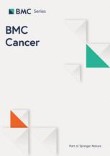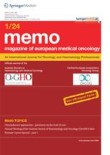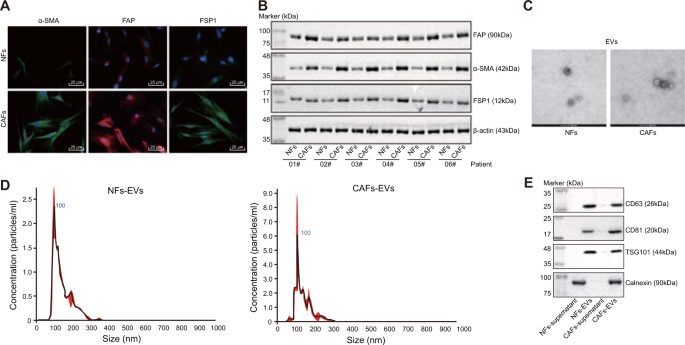
Abstract
Background
Prehabilitation with regular exercise and nutritional care for patients undergoing surgeries for malignant disease was recently introduced to increase physiologic reserve prior to the procedure, accelerate recovery and improve outcomes. This study aimed to investigate the feasibility and safety of combined exercise training and nutritional support in patients with haematologic malignancies prior to haematopoietic stem cell transplantation (HSCT).
Methods
In this single-arm pilot study, 34 HSCT candidates were enrolled at least two weeks before admission for the procedure. Patients performed aerobic exercises at least 4 days per week for 20–30 min and strength exercises 3 days per week for 10–20 min. They received daily supplements of whey protein (0.3–0.4 g/kg body weight) and oral nutritional supplements if needed. The primary endpoints were feasibility (acceptability > 75%, attrition < 20%, adherence > 66%) and safety. The secondary endpoints were fat-free mass (FFM), muscle strength, physical performance and health-related quality of life (HRQoL) at HSCT.
Results
The rate of acceptability, attrition and adherence to aerobic exercise, strength exercise and protein supplement consumption was 82.4, 17.8, 71, 78 and 80%, respectively. No severe adverse events were reported. Twenty-eight patients participated in the study for a median of 6.0 weeks (range, 2–14). They performed aerobic exercises 4.5 days per week for 132 min per week and strength exercises 3.0 times per week. Patients consumed 20.7 g of extra protein daily. At the end of the programme, we recorded increases of 1.1 kg in FFM (p = 0.011), 50 m in walking distance in the 6-min walking test (6MWT) (p < 0.001), 3.3 repetitions in the 30-s chair-stand test (30sCST) score (p < 0.001) and 2.6 kg in handgrip strength (p = 0.006). The EORTC QLQ-C30 scores improved by 8.6 (p < 0.006) for global health status, 8.3 (p = 0.009) for emotional functioning, and 12.1 (p = 0.014) for social functioning. There was less fatigue, nausea and insomnia (p < 0.05).
Conclusions
Our study shows that a multimodal intervention programme with partially supervised exercise training combined with nutritional support prior to HSCT is feasible and safe. Patients showed improvements in FFM, physical performance and HRQoL. Additional research is needed to assess the possible positive effects of such interventions.






